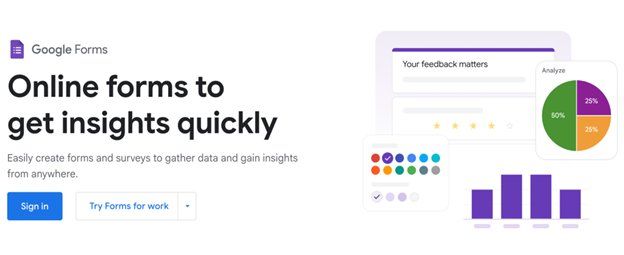Bitcoin decentralized finance (DeFi), also known as BTCFi, has been touted as the next wave of innovation for the world’s largest cryptocurrency. However, research suggests bitcoin holders themselves are barely engaging.
Some 77% of bitcoin holders have never tried a BTCFi platform, according to a survey of more than 700 respondents across North America and Europe by BTC mining ecosystem GoMining. Just over 10% reported having experimented once or twice, while only 8% said they actively use BTCFi services for yield or lending.
The survey highlights a stark disconnect between the sector’s promise and its actual reach.
“There’s an enormous appetite for these opportunities, but the industry has built products for crypto natives, not for everyday bitcoin holders,” said GoMining CEO Mark Zalan in a statement.
That appetite shows up in the data: 73% of respondents expressed interest in earning yield on their BTC through lending or staking, while 42% want access to liquidity without selling. Yet hesitation dominates. More than 40% said they would allocate less than 20% of their holdings to BTCFi products, underscoring the sector’s trust and complexity problem.
Awareness Gap
Perhaps most striking is how invisible the industry still is. GoMining found that 65% of Bitcoin holders couldn’t name a single BTCFi project.
Despite millions in venture funding, BTCFi platforms appear to be speaking mainly to themselves rather than the market they’re built to serve.
The report argues that BTCFi’s adoption problem may stem from its reliance on Ethereum’s DeFi model. Bitcoin users, GoMining suggests, are more conservative: they favor custodial services, regulated ETFs and simplicity over self-custody experiments and complex protocols.
“Bitcoin holders aren’t ether users,” Zalan said. “Coinbase and Bitcoin ETFs succeeded because they prioritized accessibility. BTCFi platforms that focus on education and user experience, rather than complex features, will capture this market.”
For the industry, the survey is both a warning and an opportunity. Millions of Bitcoin holders want the yield and liquidity BTCFi promises, but they need to be met with products they can trust and understand.
However, it should be kept in mind that the survey respondents were a “random selection” of just 700 GoMining users.
GoMining is a digital BTC mining platform that connects users to real-world mining operations through Digital Miners non-fungible tokens (NFTs) and a gamified ecosystem, so the survey’s findings are subject to the extent to which its users represent typical bitcoin users.
“Our user base represents the bitcoin holders universe quite nicely,” a GoMining spokesperson told CoinDesk over email. “More than 80% of our users open their first crypto wallet with us and enter the Bitcoin ecosystem through our digital mining product.”








